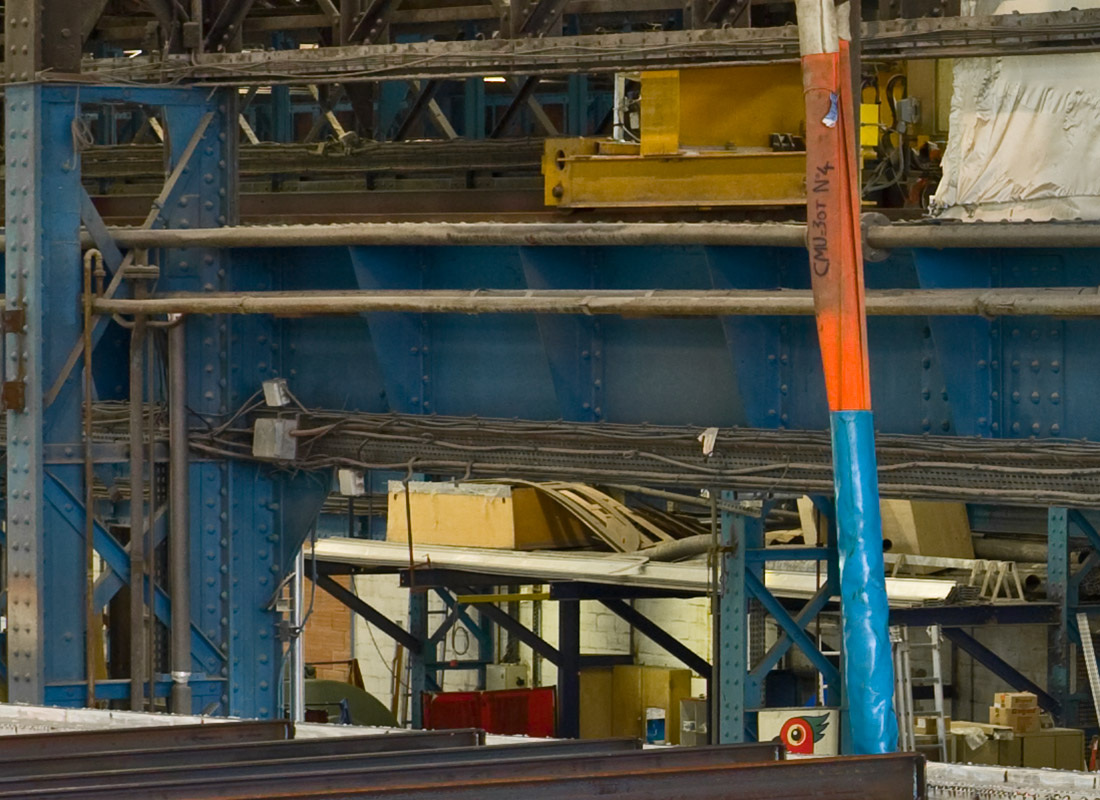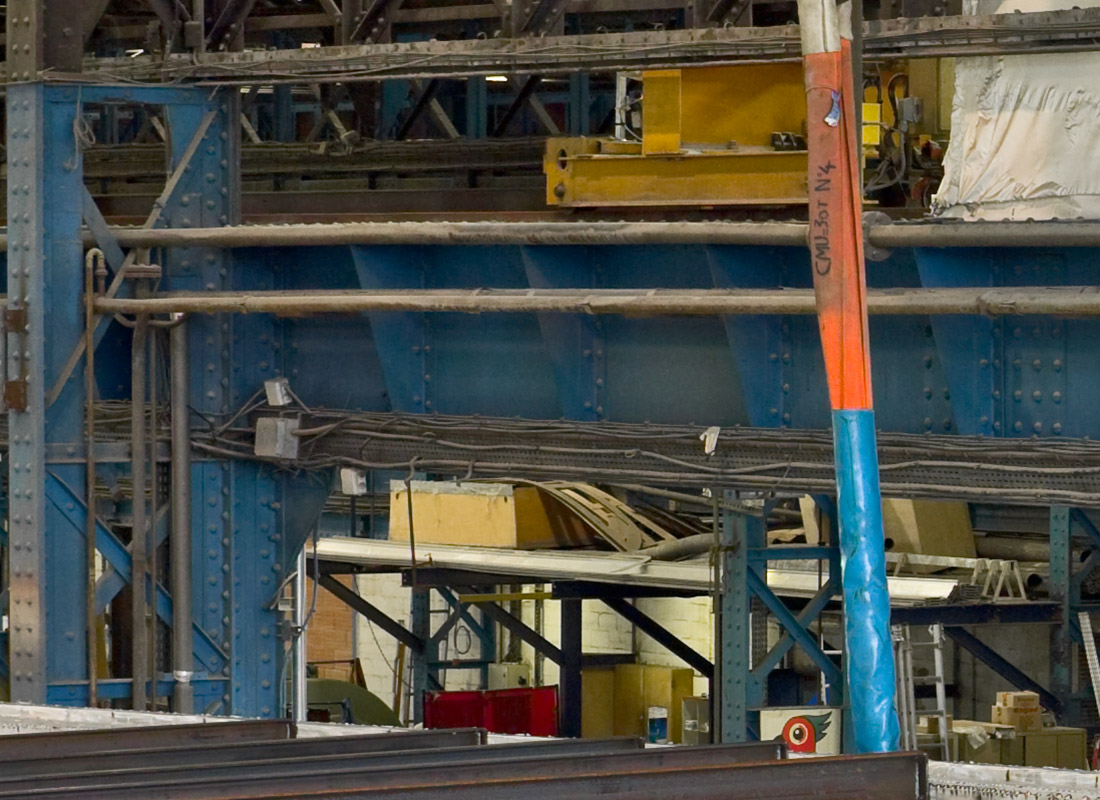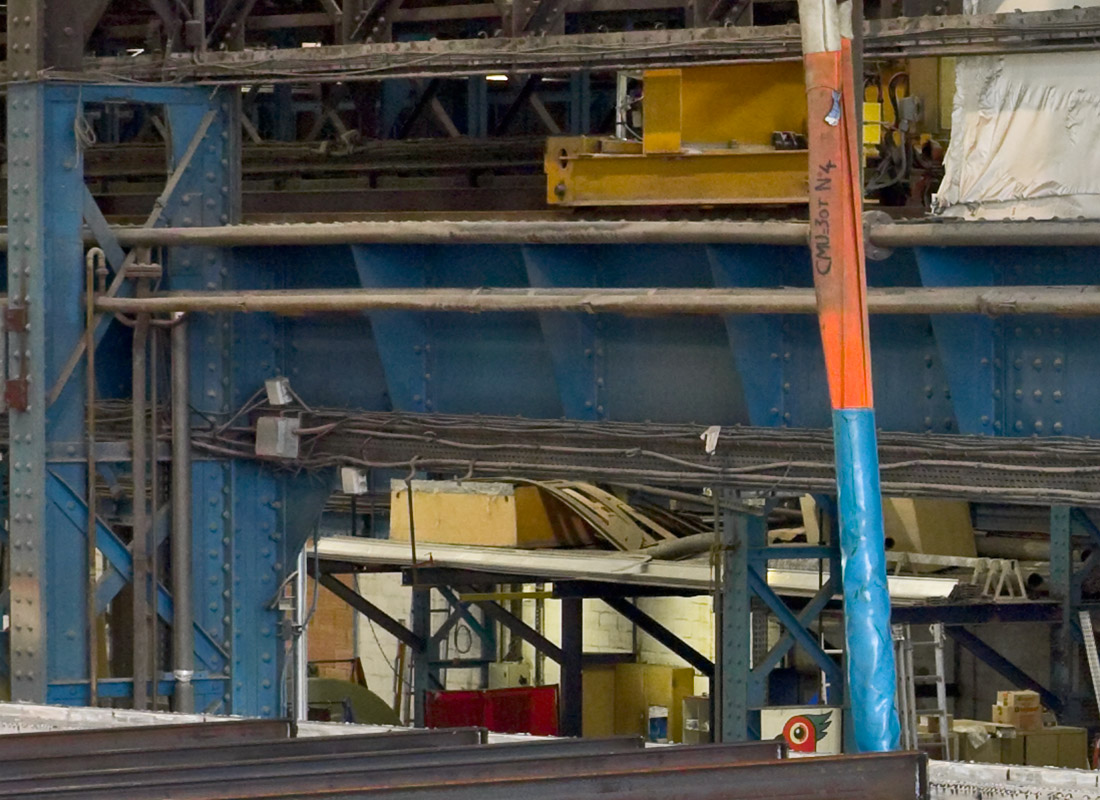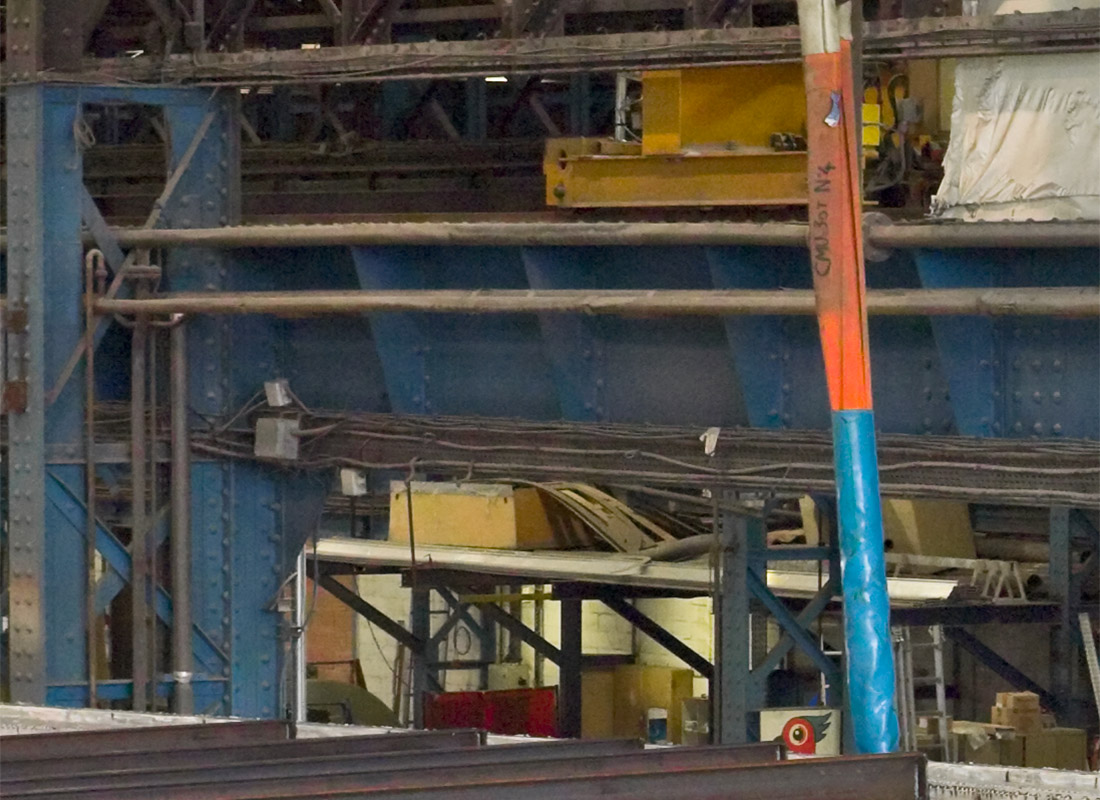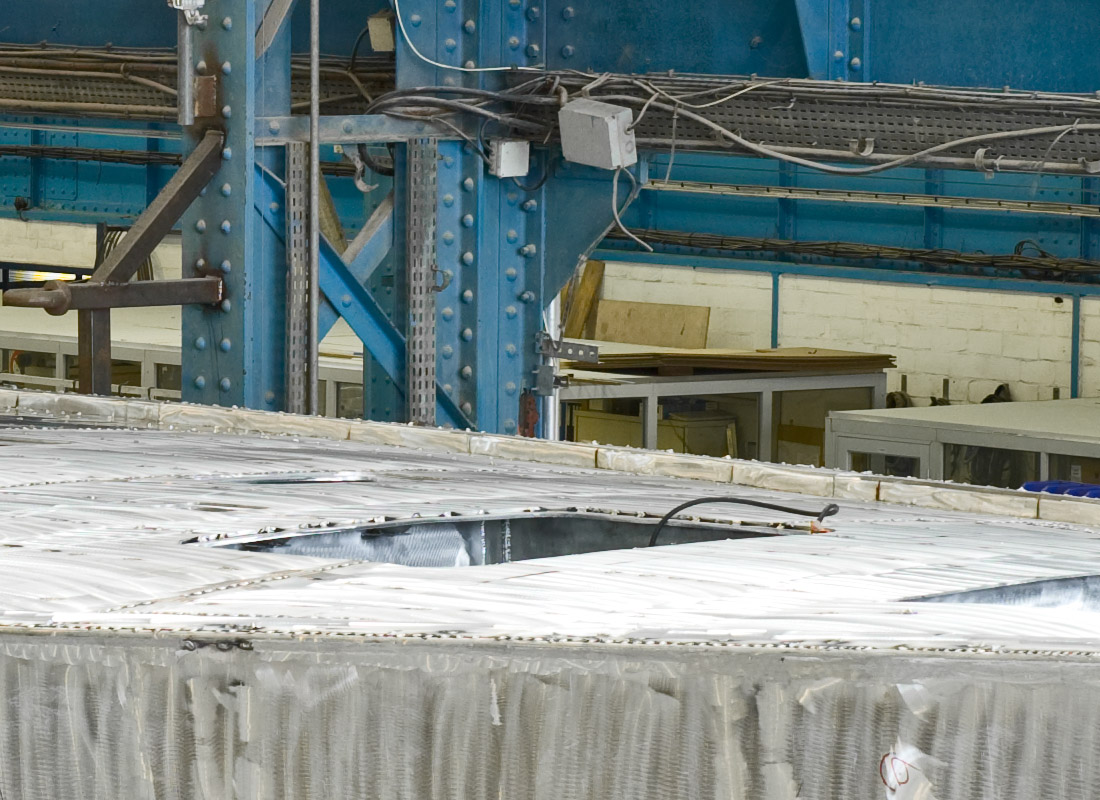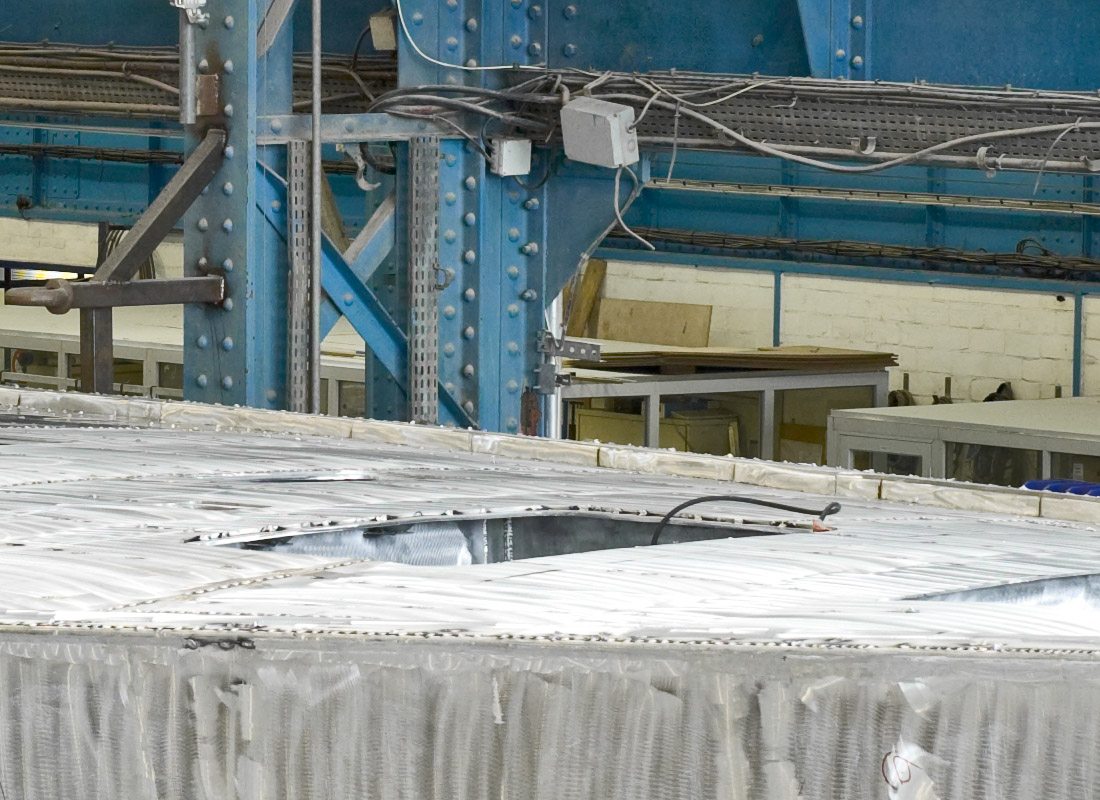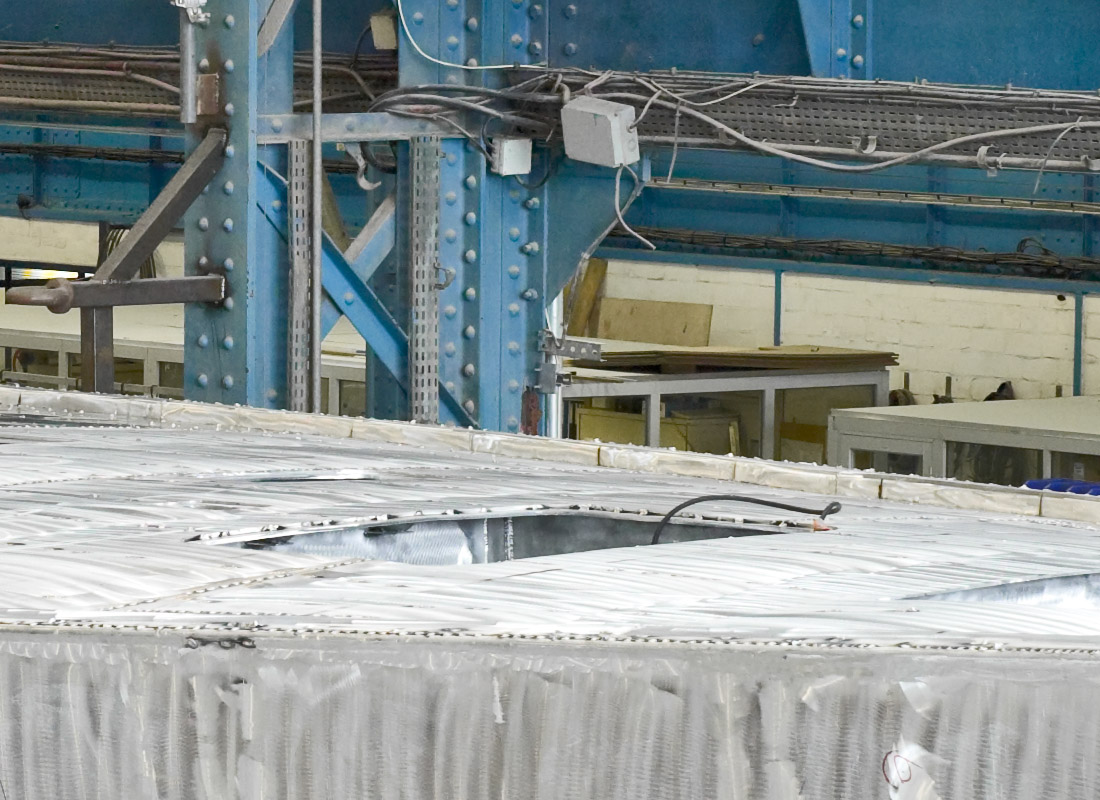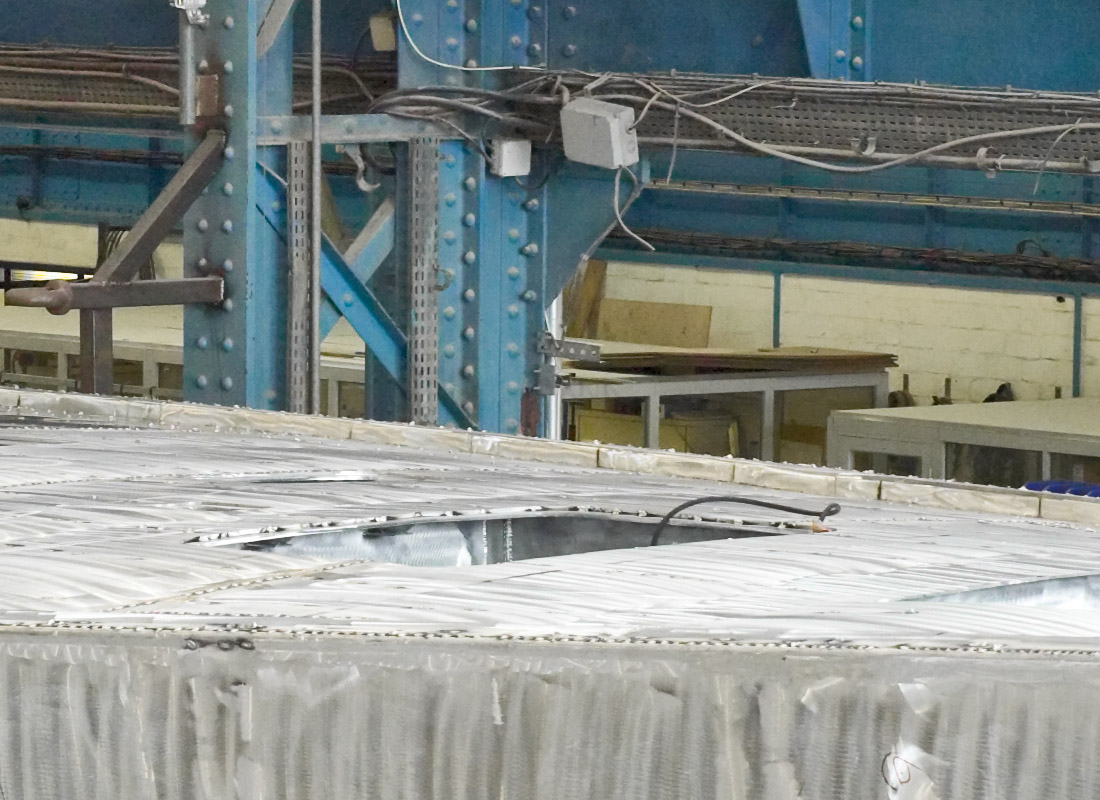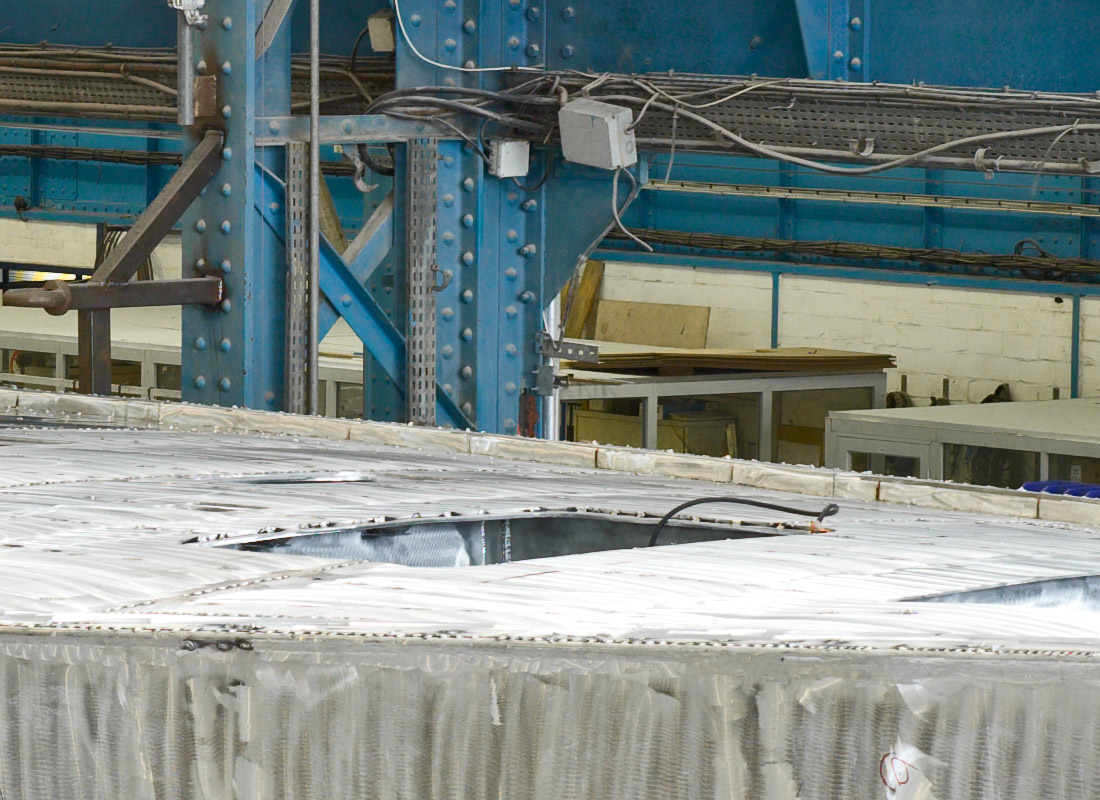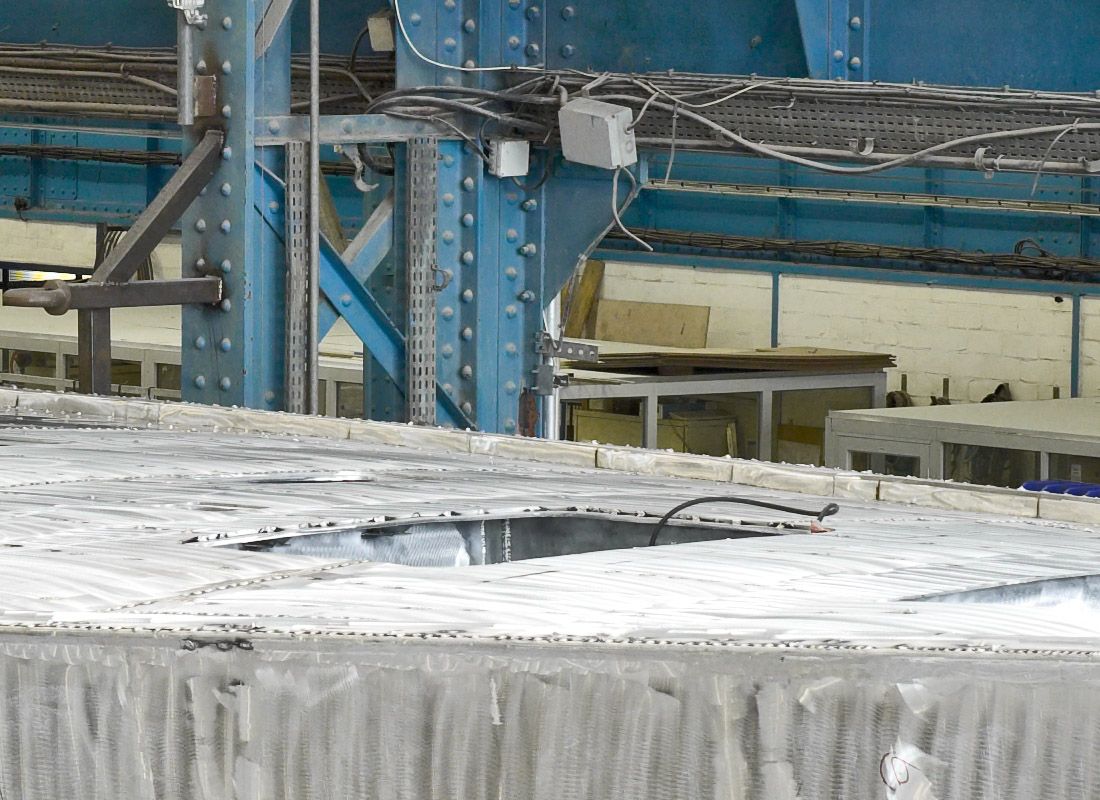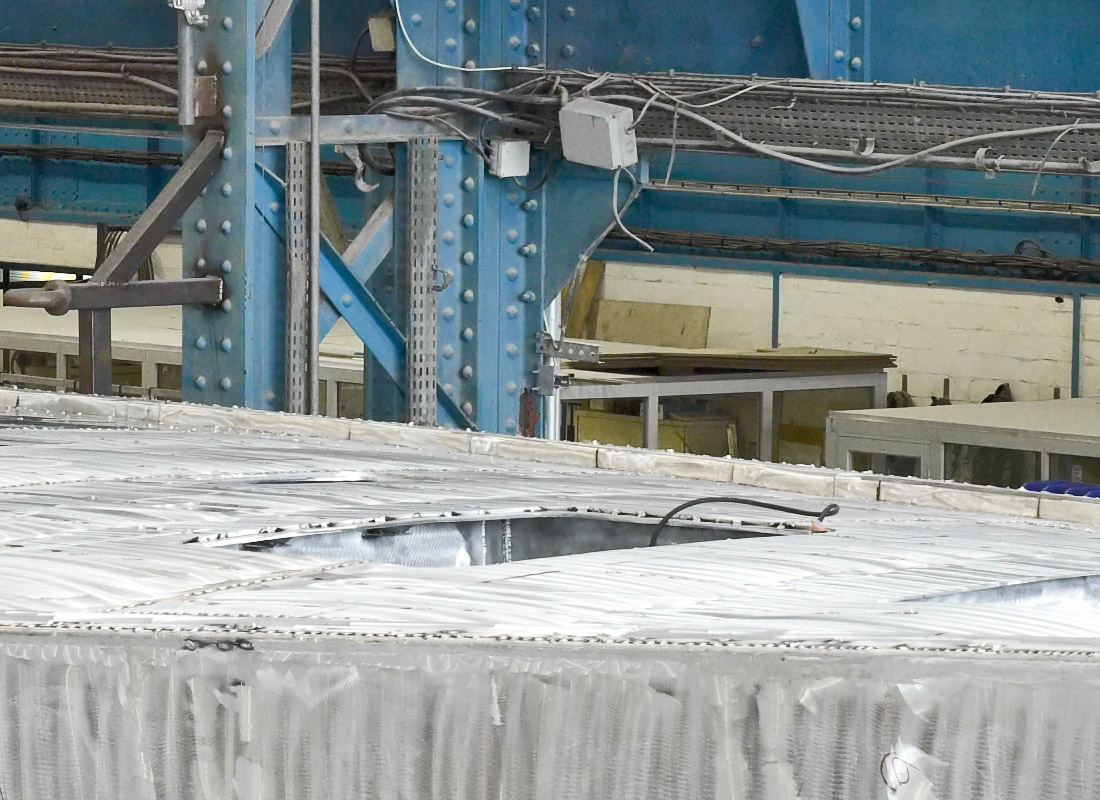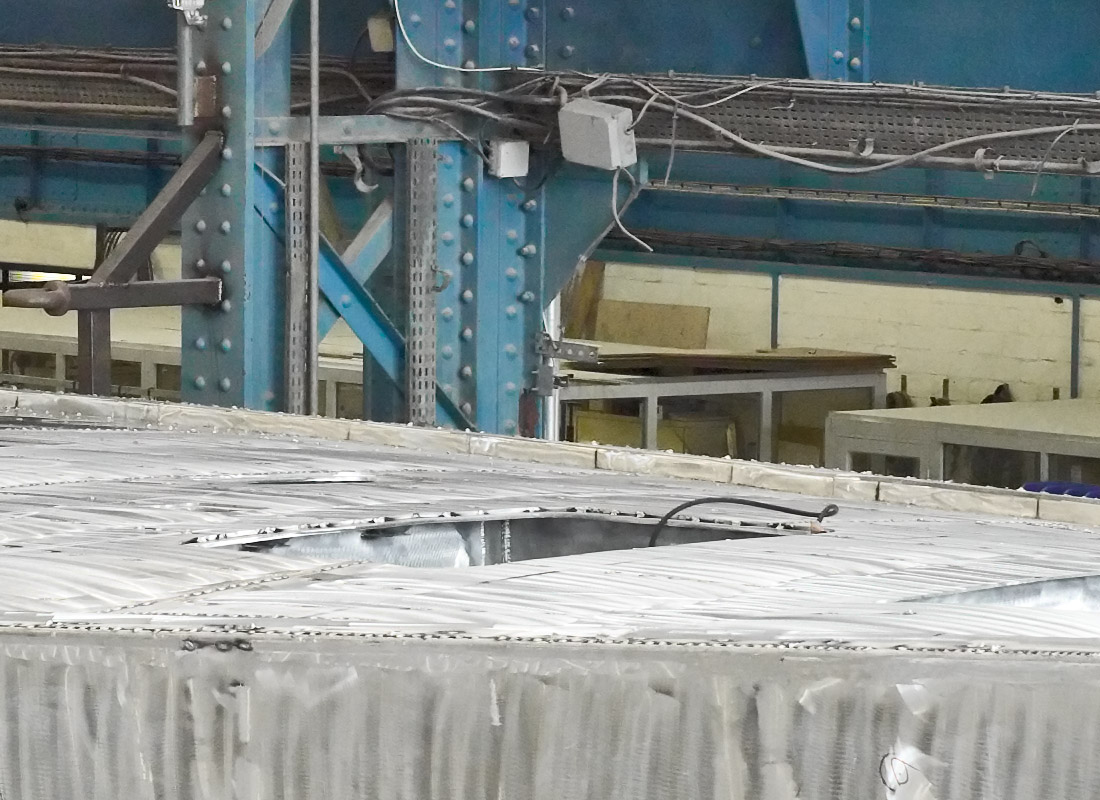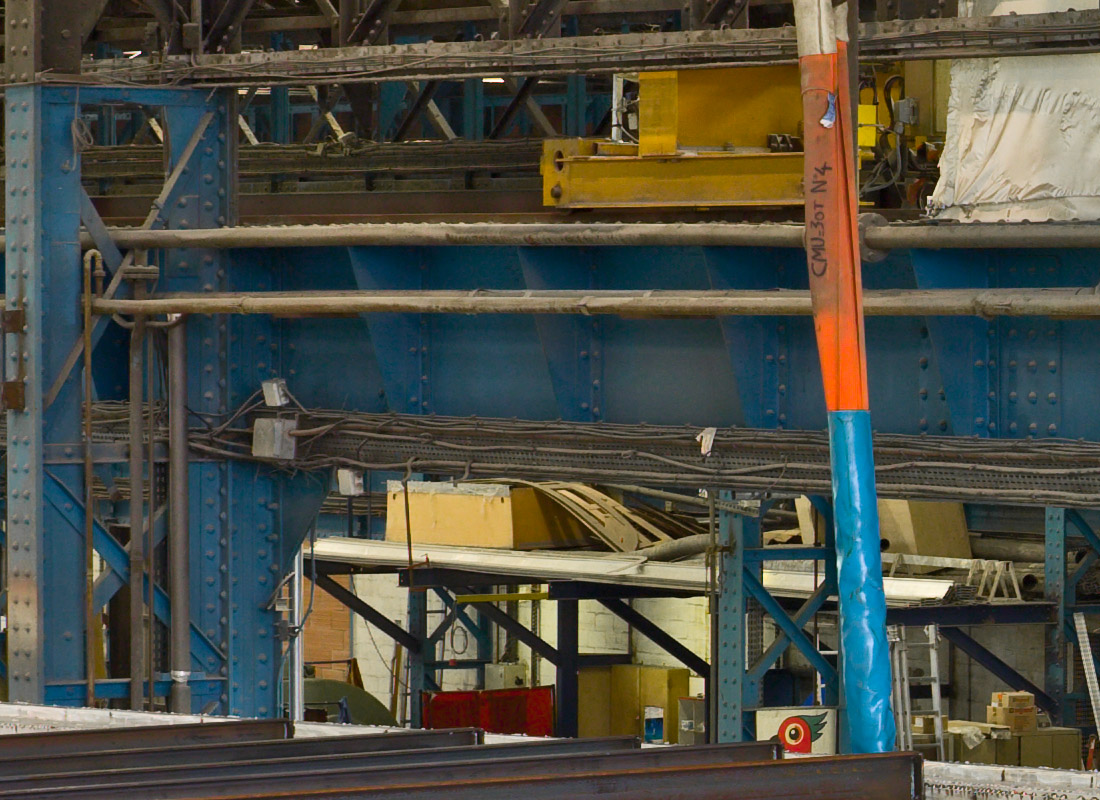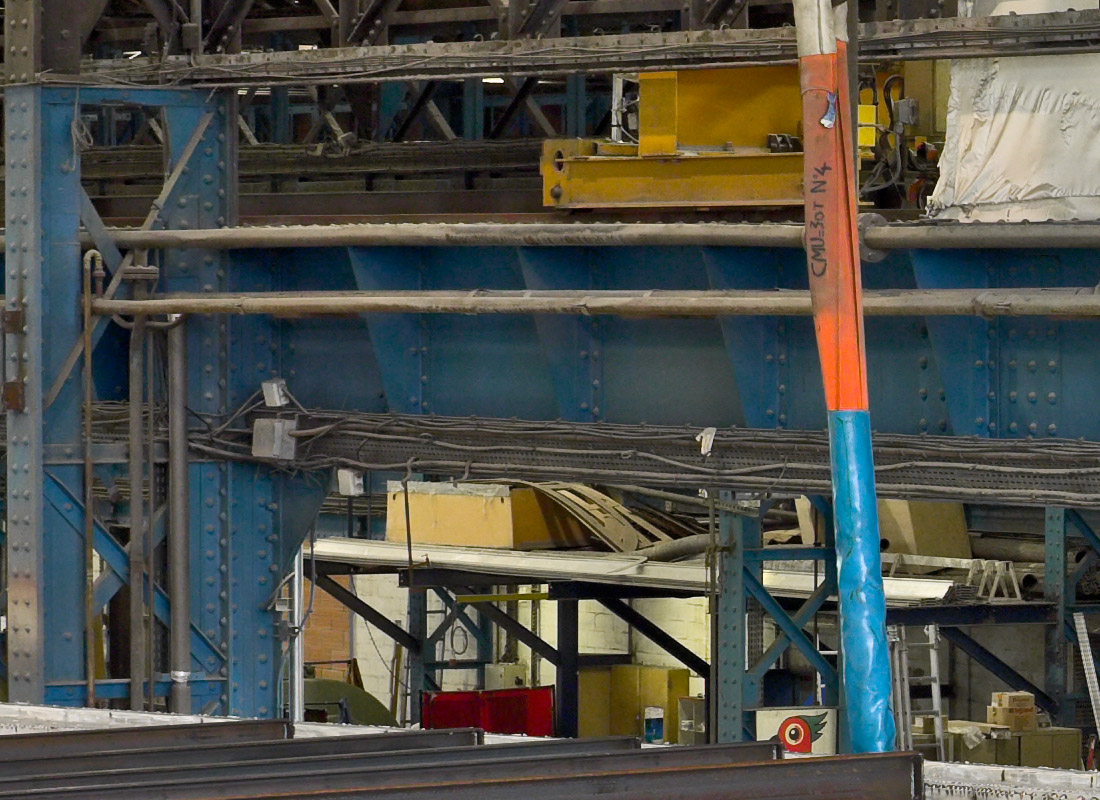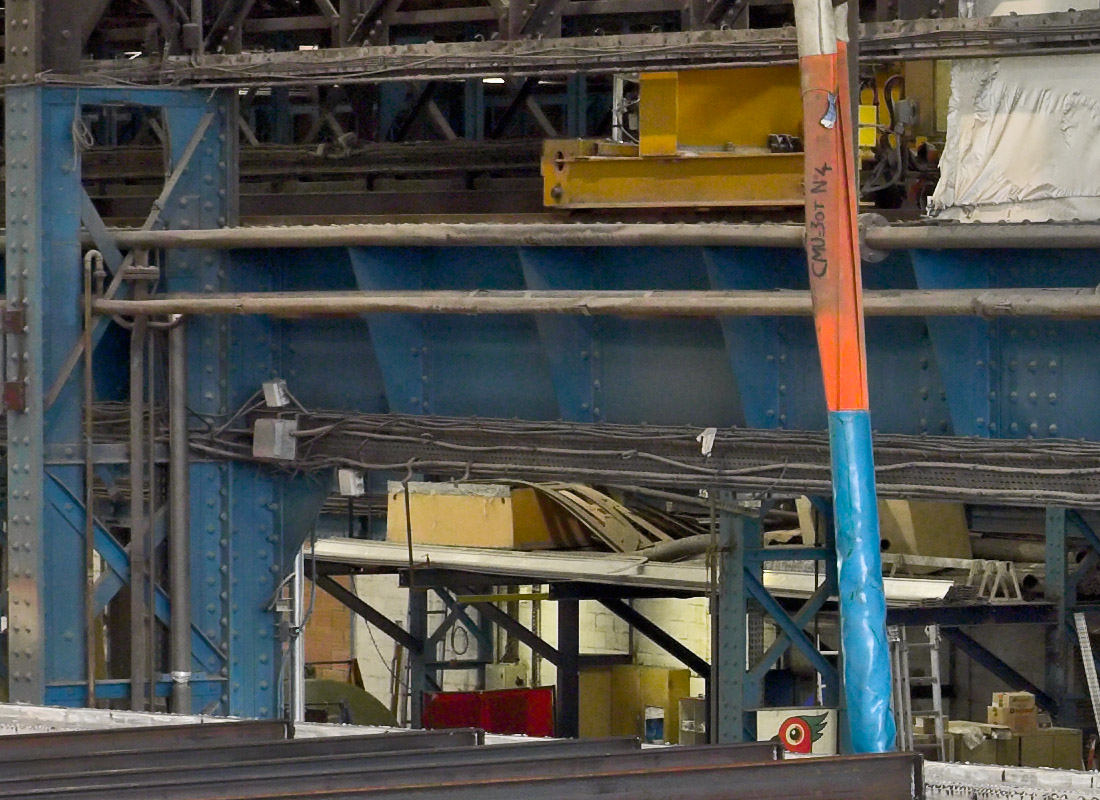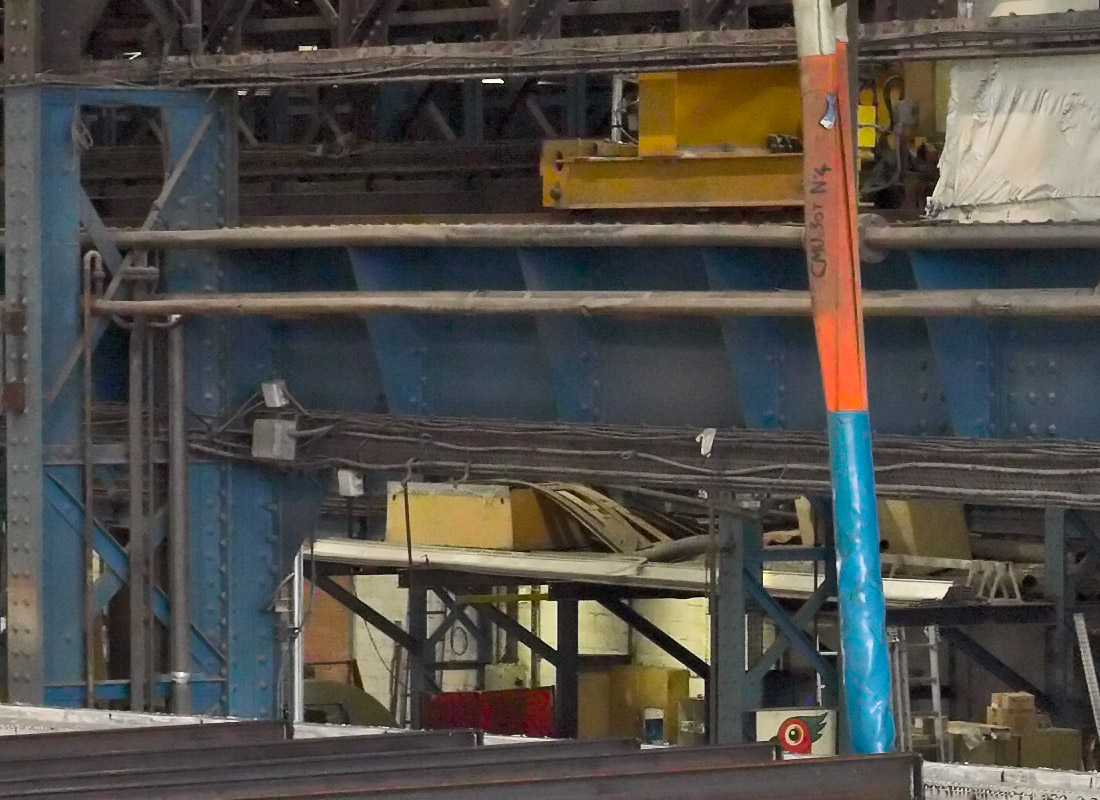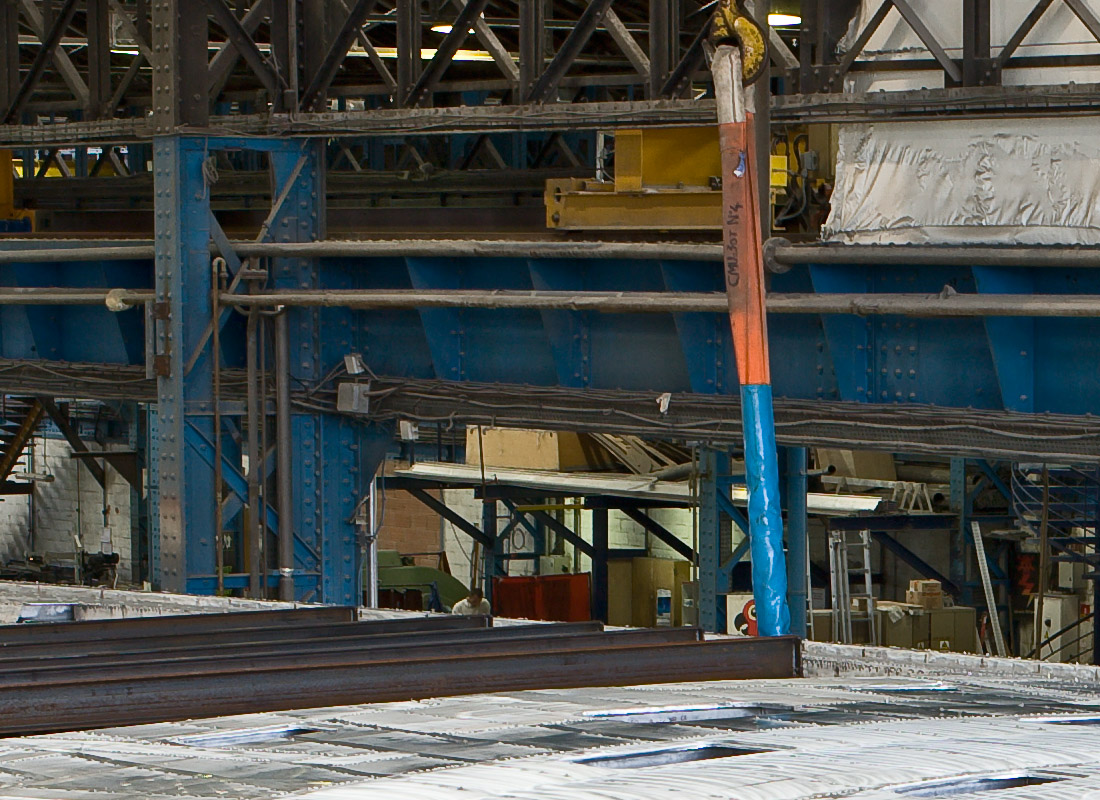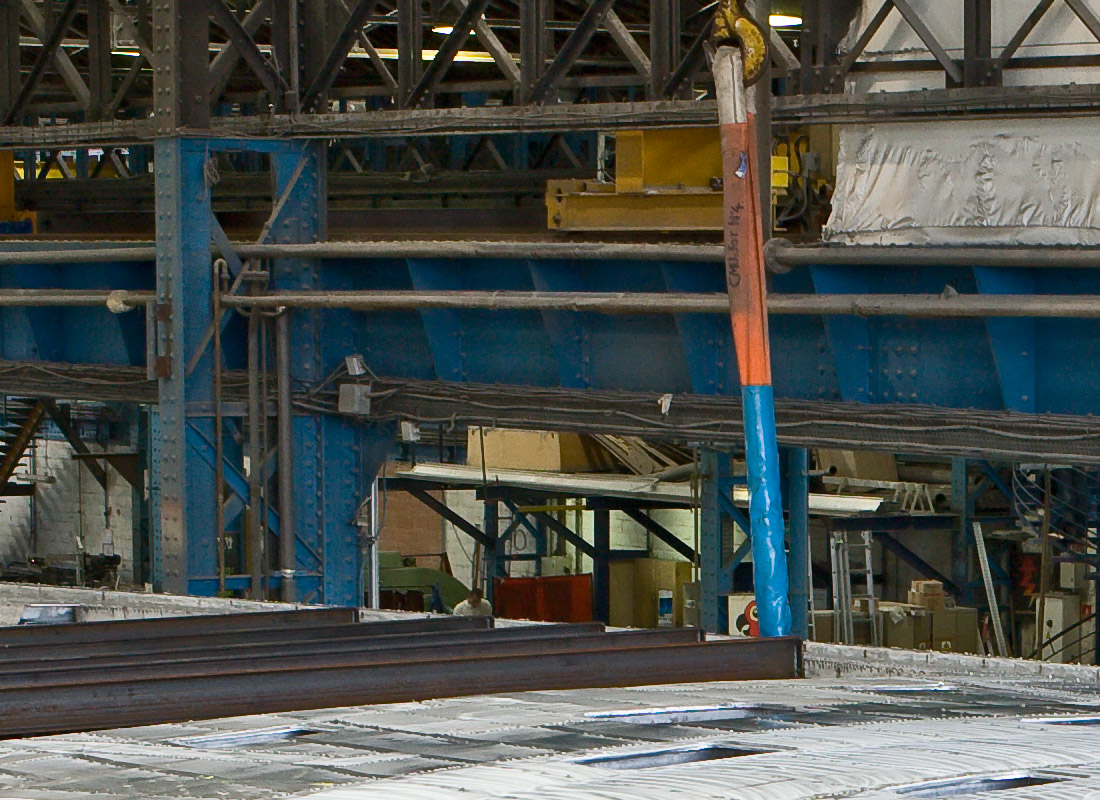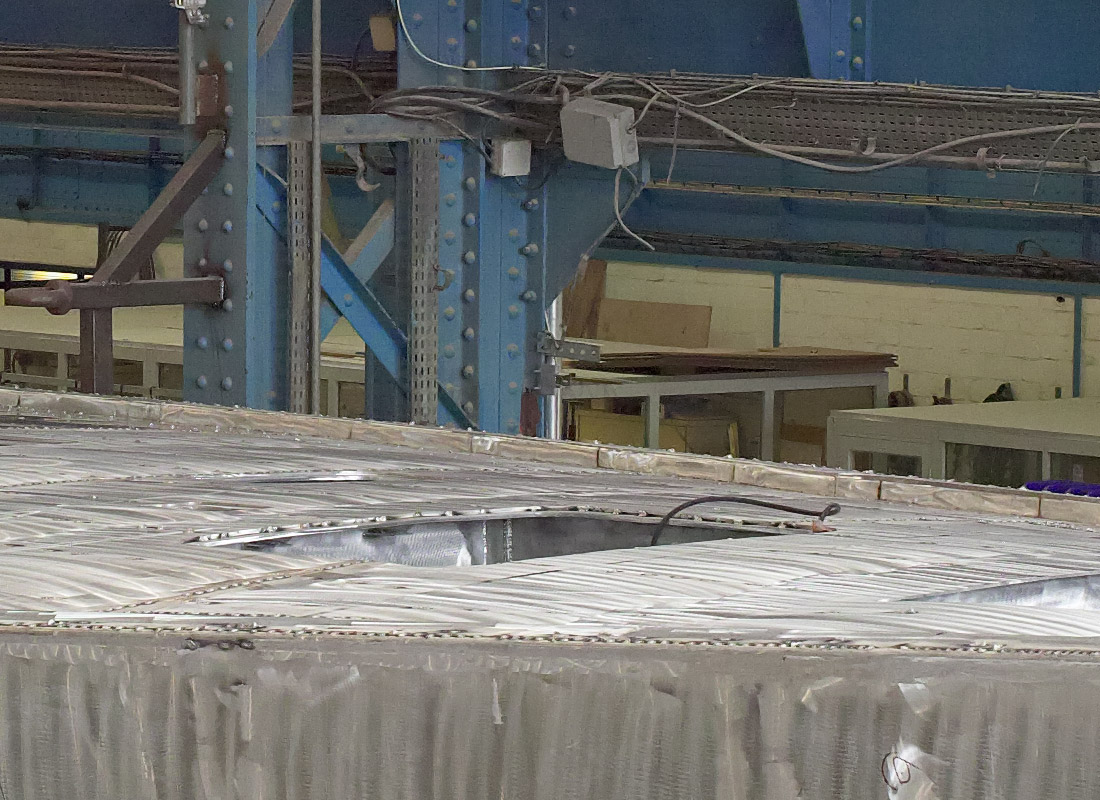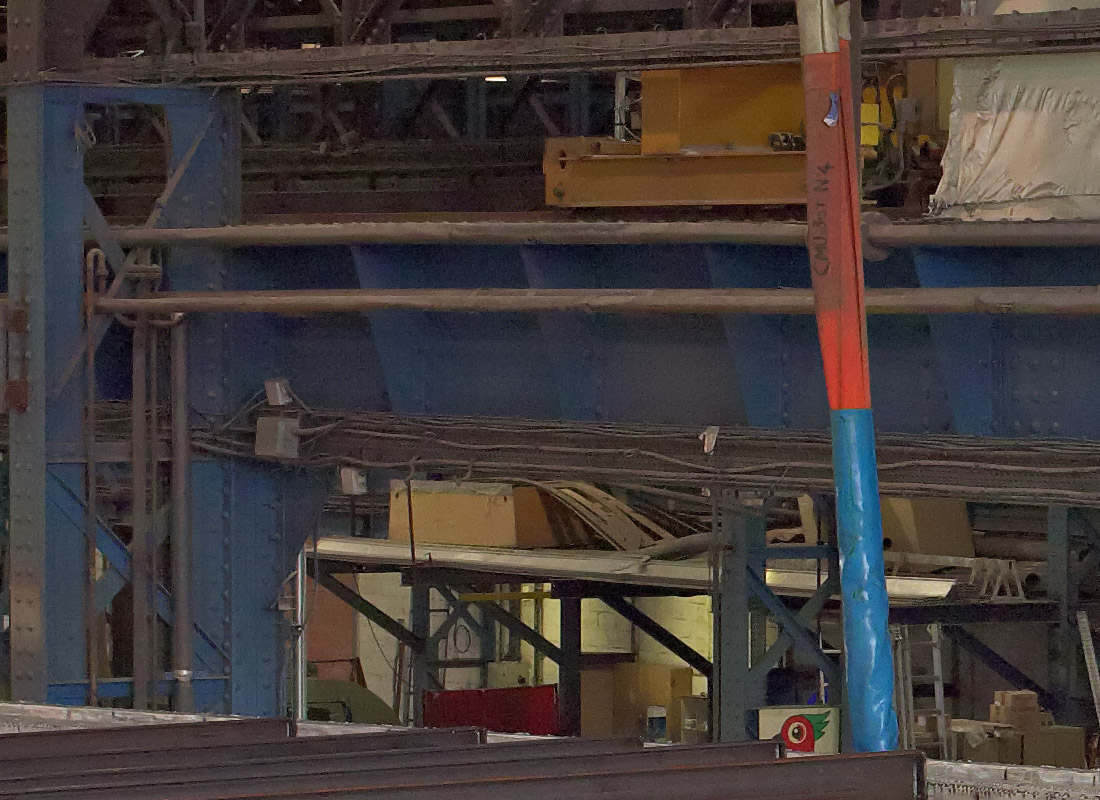nicolas claris
OPF Co-founder/Administrator
At the end of last week, I received a nice box from Sinar:
The new Sinarback eMotion 75 LV "generation 2" with enhance electronic board for less noise/better sensitivity
Another lens: Schneider AFD S-Angulon 2.8/50 PQS - I guess this one will be glued to the Hy6 with its hood, for the helicopter shots, thanks to AFD…
But for now, no heli! I had a shoot to do this morning of a great moment during the construction of a yacht: the aluminum hull being turned upside… up!
These hulls are being built lying on their deck, then turned… today was the day, and for the first time since I have the Hy6, I felt confident enough to shoot more with the Sinar than with the Canon 1Ds Mk3!
Then at the end of the work (turning the hull), as everything was quiet for a few minutes, I could try the different ISO settings…
Note the huge difference of light there, facing windows on top to the sky and down below with all the shadows one could think of…
Of course 100 ISO is better than 200 which is better than 400 which is better than 800 but, beleive me, the difference is now not that big anf I know that Noise Ninja would get rid of it easily…
There's a bunch of improvement there, now I know that in bright sun, if I need more speed, I won't hesitate to increase the ISO. Good news!
Now the image, it is a cloudy day in Bordeaux with a lot of wind, hence some difference in lighting you may see… Also note that it is a quite dusty environment.
The boat? 86 feet long…
The files were DNGed with eXposure 6.01 then opened thru ACR 4.4.1, a slight light/shadow in CS3 That's all… no sharpening, nothing else…
ISO 100 - 50mm - ƒ11 - 1/2.5s
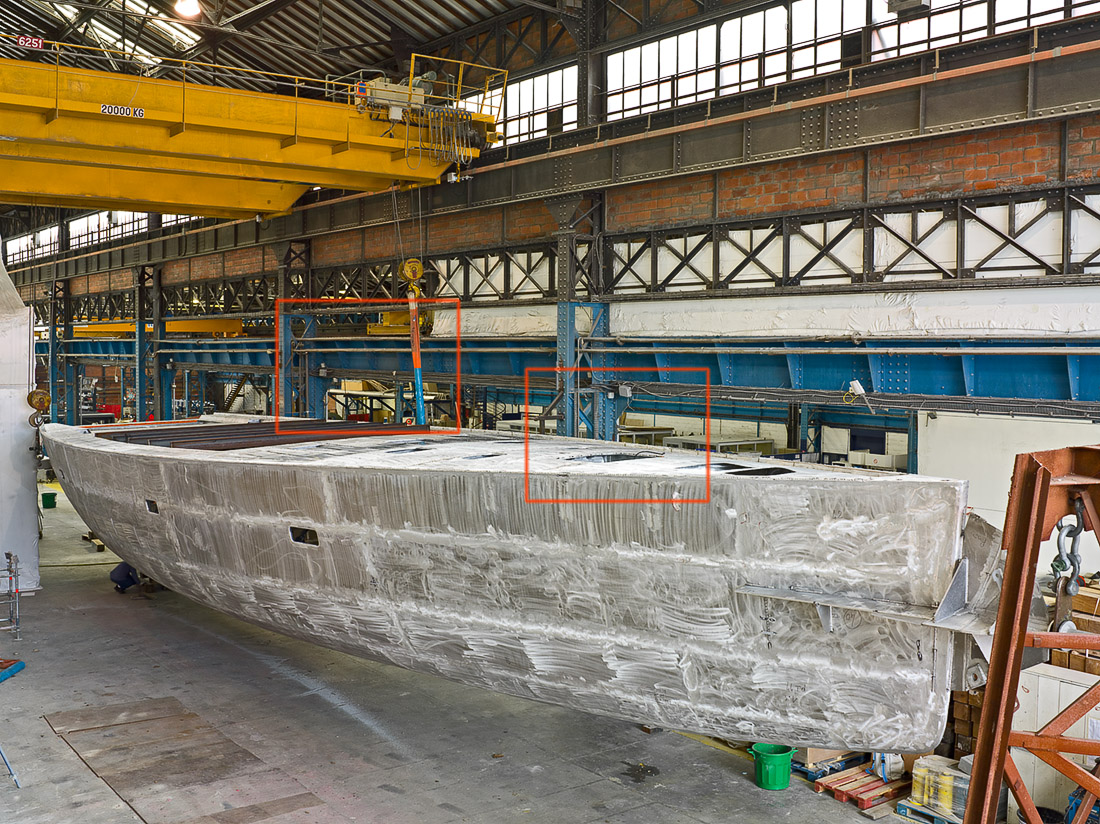
The new Sinarback eMotion 75 LV "generation 2" with enhance electronic board for less noise/better sensitivity
Another lens: Schneider AFD S-Angulon 2.8/50 PQS - I guess this one will be glued to the Hy6 with its hood, for the helicopter shots, thanks to AFD…
But for now, no heli! I had a shoot to do this morning of a great moment during the construction of a yacht: the aluminum hull being turned upside… up!
These hulls are being built lying on their deck, then turned… today was the day, and for the first time since I have the Hy6, I felt confident enough to shoot more with the Sinar than with the Canon 1Ds Mk3!
Then at the end of the work (turning the hull), as everything was quiet for a few minutes, I could try the different ISO settings…
Note the huge difference of light there, facing windows on top to the sky and down below with all the shadows one could think of…
Of course 100 ISO is better than 200 which is better than 400 which is better than 800 but, beleive me, the difference is now not that big anf I know that Noise Ninja would get rid of it easily…
There's a bunch of improvement there, now I know that in bright sun, if I need more speed, I won't hesitate to increase the ISO. Good news!
Now the image, it is a cloudy day in Bordeaux with a lot of wind, hence some difference in lighting you may see… Also note that it is a quite dusty environment.
The boat? 86 feet long…
The files were DNGed with eXposure 6.01 then opened thru ACR 4.4.1, a slight light/shadow in CS3 That's all… no sharpening, nothing else…
ISO 100 - 50mm - ƒ11 - 1/2.5s

Last edited:

